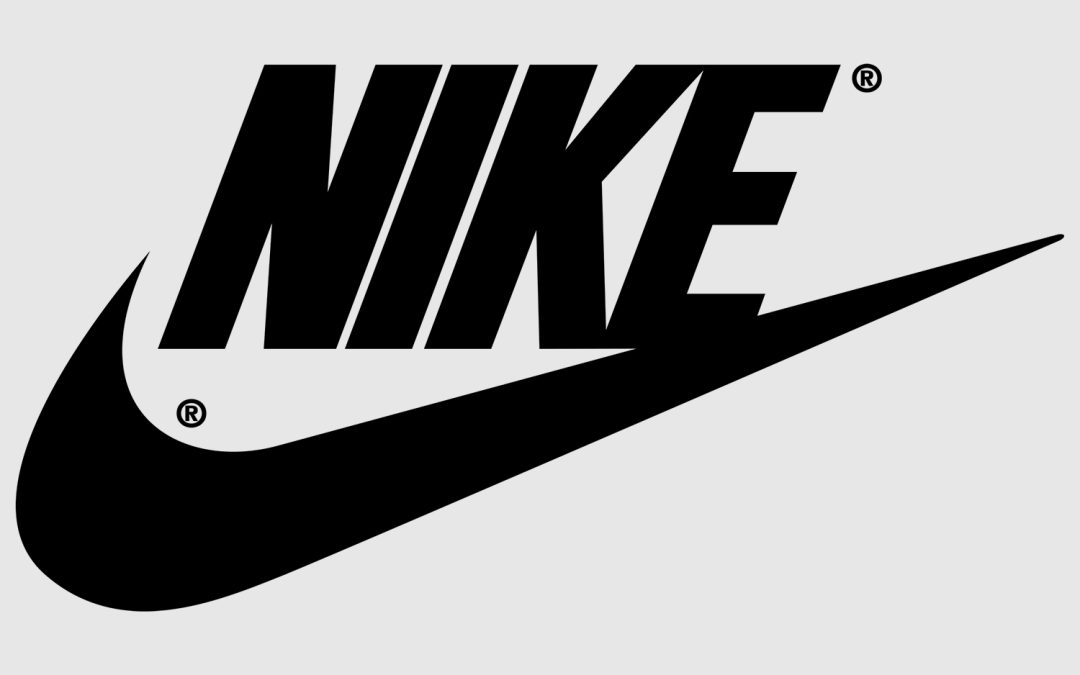1. Simplicity: A successful logo design should be simple and easily recognizable. Avoid clutter and complex elements that make it difficult for viewers to grasp the essence of the logo.
For example:
Nike: The Swoosh that Transcends Time
We will explore the iconic Nike logo, its simplicity, and how it effectively communicates the brand’s spirit of athleticism and empowerment through its timeless “swoosh” symbol.
2. Memorability: A logo should be memorable and leave a lasting impression. Aim for a design that is unique, visually appealing, and stands out from competitors.
For example:
Apple: The Evolution of Minimalism
The evolution of the Apple logo will be examined, starting from the original colorful design to the sleek, minimalist apple that it is today. We will discuss how the logo’s simplicity and clever use of symbolism have contributed to Apple’s brand recognition.
3. Versatility: A well-designed logo is versatile and can be scaled up or down without losing its visual impact. It should work well across various platforms and media, including print and digital.
For example:
FedEx: The Hidden Message
We will uncover the hidden arrow within the FedEx logo and discuss the significance of this clever design element, demonstrating how small details can make a big impact in creating a memorable logo.
4. Timelessness: Avoid trendy design elements that may quickly become outdated. Opt for a design that can stand the test of time and remain relevant for years to come.
For example:
Coca-Cola: The Timeless Classic
The Coca-Cola logo, an enduring symbol of the brand, will be examined for its timeless design, handwritten script, and effective use of red and white. We will discuss how the logo has become an integral part of the brand’s identity and successfully conveys the company’s values.
5. Relevance: The logo should reflect the nature, values, and goals of the brand or company it represents. It should resonate with the target audience and effectively communicate the brand’s identity.
For example:
Google: The Playful Combination
This case study will focus on the Google logo, exploring how it incorporates vibrant colors and playful letter shapes while maintaining simplicity and consistency across its different applications.
6. Consistency: A consistent and cohesive visual style helps create a strong brand identity. Ensure that the logo aligns with other brand elements, such as colors, fonts, and imagery.
For example:
McDonald’s: The Power of Consistency
This case study will analyze the enduring success of the McDonald’s logo, exploring its use of vibrant colors, distinct lettering, and the brand’s consistent visual identity across different cultures and markets.
7. Balance: Achieving a harmonious balance between various elements of the logo, such as shapes, colors, and typography, is essential for creating a visually pleasing and well-designed logo.
8. Scalability: Design a logo that is scalable without losing its clarity and legibility. It should work effectively at different sizes, from large signage to small icons.
9. Color Psychology: Consider the psychological impact of different colors when designing a logo. Colors evoke certain emotions and associations that can influence the perception and recognition of a brand.
10. Originality: Strive for originality and avoid copying or imitating existing logo designs. A unique and distinctive logo can help the brand establish its own identity and differentiate itself from competitors.


Recent Comments